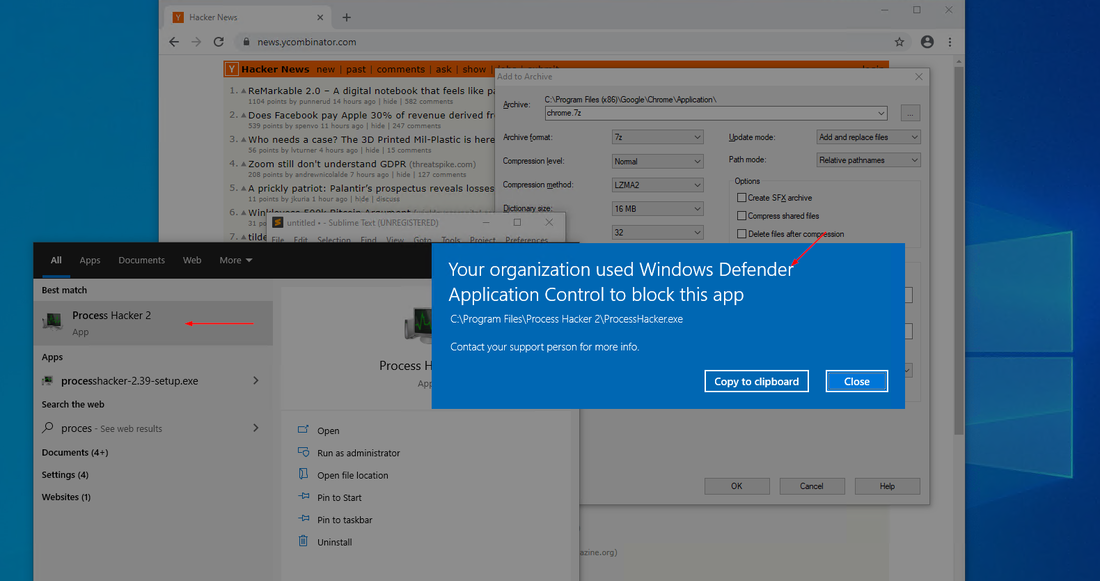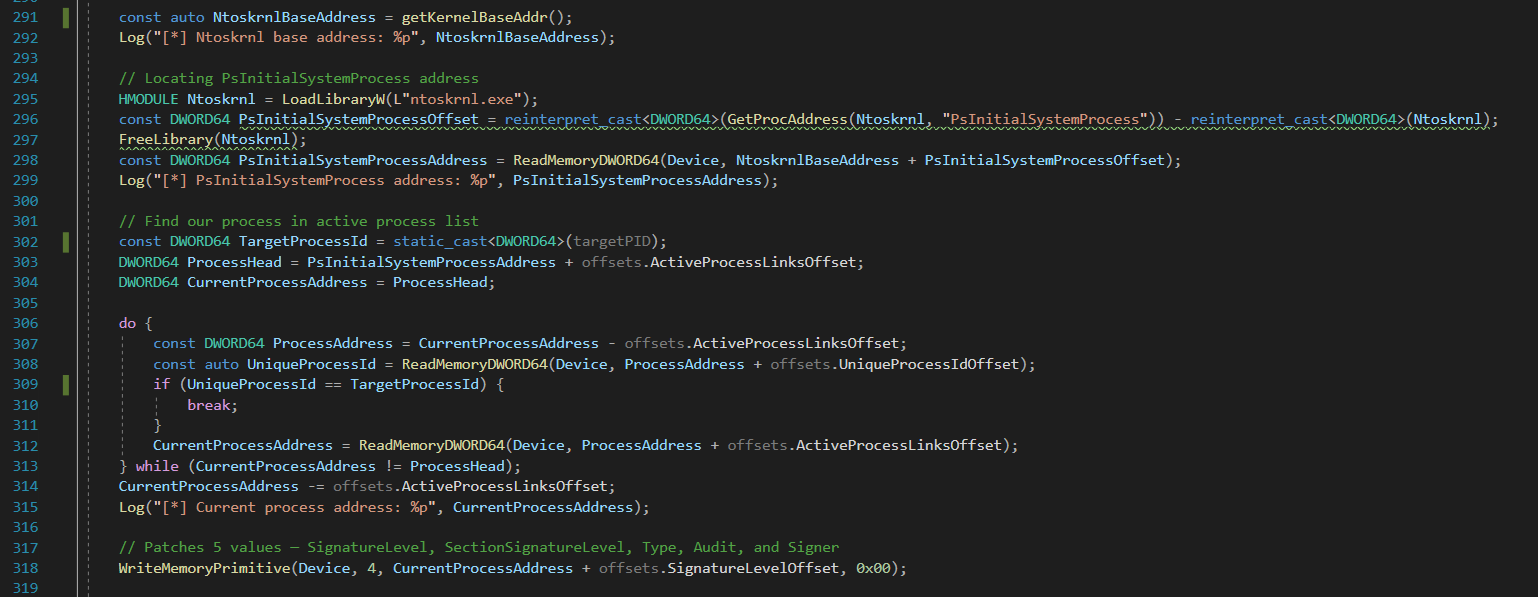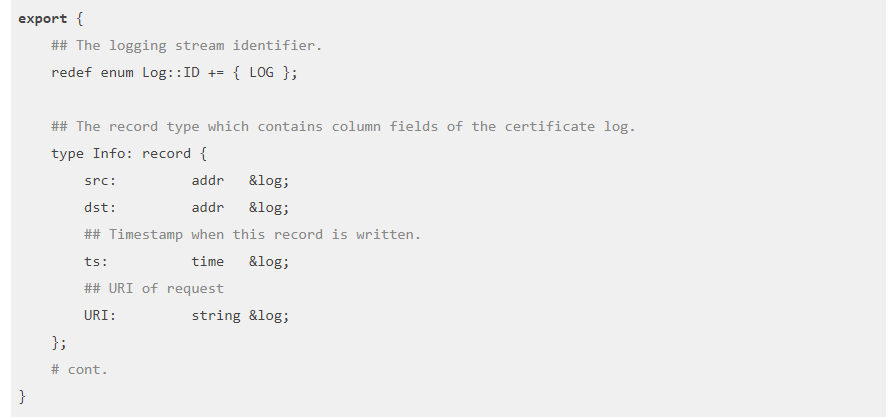Penetration Testing: Unravelling the Anatomy
In an era where the digital landscape is riddled with threats and vulnerabilities, organisations must be proactive in safeguarding their information systems. Penetration testing, often known as ethical hacking or pen testing, is a vital practice in the world of cybersecurity. It allows organisations to assess their security posture, identify vulnerabilities, and fortify their defences. This article aims to take a shallow dive into the anatomy of a penetration test, revealing the key components, methodologies, and best practices that make it an indispensable tool in protecting digital assets.
Penetration testing is a methodical and controlled process of probing an organisation’s computer systems, networks, applications, and infrastructure to uncover security vulnerabilities and weaknesses. The primary objective is to simulate potential cyberattacks, assess the organisation’s ability to withstand them and evaluate the organisation’s reaction and processes used should a security event occur. Ethical hackers, often referred to as “penetration testers,” or “pen testers,” use various tools and techniques to replicate real-world threats.
The primary goals of penetration testing are as follows:
- Identify vulnerabilities before malicious actors can exploit them.
- Evaluate the effectiveness of security measures and controls.
- Provide valuable insights into an organisation’s security posture.
- Support compliance with industry regulations and standards.
- Help organisations prioritise and remediate vulnerabilities.
A penetration test is a structured and iterative process, comprising several phases, each with its own objectives and methodologies.
- Planning and Preparation: the first step in any penetration test is to define the scope and objectives. The success of a penetration test hinges on a well-defined plan. It is essential to understand the goals of the test, whether it’s a black-box, white-box, or grey-box assessment, and what systems or assets will be targeted. During this initial phase, stakeholders work closely with the penetration testing team to outline the scope, objectives, and rules of engagement. Additionally, legal and compliance considerations should be addressed to ensure the test is conducted within the boundaries of the law. To effectively plan a pen testing project or ongoing process it is critical to include all relevant technical and non technical teams in the planning and review of the plan. Some key considerations or the planning phase include:
- Defining the scope: Which systems, networks, and assets are in-scope for testing, and which are out-of-scope?
- Setting objectives: What are the specific goals of the test, such as identifying vulnerabilities, assessing data exfiltration risks, or evaluating incident response procedures?
- Legal and compliance considerations: Ensure the test complies with laws and regulations, obtains necessary permissions, and respects ethical boundaries.
- Information Gathering: ethical hackers start by collecting information about the target systems and organisation. This phase includes identifying IP addresses, domain names, network architecture and topology, and potential entry points. Open-source intelligence (OSINT) tools and techniques are often employed to gather this data. Many pen testers have built a library of valuable tools, scripts and strategies they leverage to deliver testing services.
- Vulnerability Analysis: once the information gathering is complete, penetration testers assess the collected data for vulnerabilities. These vulnerabilities could be related to outdated software, misconfigured settings, weak passwords, or other security flaws. Additional weaknesses can be surfaced through social engineering and non-digital or technical techniques used to gain access to restricted or sensitive information or technology through physical means. Automated scanning tools can aid in this process, but manual analysis and techniques are also essential for in-depth inspection.
- Exploitation: in this phase, testers attempt to exploit the identified vulnerabilities. They might use techniques like SQL injection, cross-site scripting (XSS), or social engineering to gain unauthorised access to systems or data. It is crucial to ensure that the exploitation is conducted safely and ethically. A strategy for management of any compromised information is crucial to be in place prior to executing exploits.
- Post-exploitation: once successfully gaining access to a system, pen testers investigate the potential consequences of the breach. They assess the extent of data access, actions that an attacker could take, and how far an attacker could infiltrate the network. This phase is crucial for organisations to understand the real-world impact of a security breach.
- Reporting: the findings of the penetration test are documented in a comprehensive report. This report typically includes:
- Detailed descriptions of the vulnerabilities discovered.
- The potential impact of these vulnerabilities if exploited by malicious actors.
- Recommendations for remediation, including steps to mitigate vulnerabilities and improve security measures.
- An executive summary for non-technical stakeholders.
- The penetration test report is a valuable resource for organisations to improve their security posture.
The findings and recommendations report is a valuable resource that provides a roadmap for addressing identified issues and enhancing the organisational security.
- Remediation: upon receiving the penetration test report, the organisation’s systems and or security team works on implementing the recommended fixes and improvements. Timely remediation is crucial to mitigate identified vulnerabilities and bolster the overall security posture.
- Re-testing: to ensure that the remediation efforts have been effective, it is often advisable to conduct follow-up penetration testing. This step validates that the vulnerabilities have been addressed and that the organisation’s defences are more robust. Ongoing scheduled health checks and an annual full retest are critical for any organisation that collects and or stores sensitive or financial customer data. This iterative approach helps ensure long-term security.
There are different methodologies and approaches to penetration testing, each suited to specific scenarios and goals. The choice of methodology depends on the scope of the test and the organisation’s objectives.
The most common methodologies include:
Black-box Testing
Also known as external testing, penetration testers are provided with limited information about the target systems. They simulate the perspective of an external attacker with no internal knowledge of the organisation’s infrastructure. This approach helps uncover vulnerabilities that can be discovered and exploited by an outsider.
White-box Testing
Also called internal testing, provides the penetration testers with detailed information about the target systems, including network diagrams, source code, and system architecture. This approach simulates an insider’s perspective and is particularly effective for identifying security flaws from within the organisation. This approach can also detail how a malicious actor might operate in the event of a security breach which includes access to network documentation and or systems.
Grey-box Testing
Combines elements of both black-box and white-box testing. Testers have some knowledge about the target systems but not full access to internal information. This approach allows for a more comprehensive assessment, mimicking the perspectives of both insiders and outsiders.
Penetration testing plays a critical role in enhancing an organisation’s cybersecurity posture. By proactively identifying and addressing vulnerabilities, organisations can fortify their defences against potential cyber threats. The insight gained from these tests empowers organisations to make informed decisions about security investments.
Many industries are subject to regulations and standards that mandate regular security assessments. Penetration testing is often a requirement to demonstrate compliance with these standards, such as the Payment Card Industry Data Security Standard (PCI DSS), Health Insurance Portability and Accountability Act (HIPAA), or General Data Protection Regulation (GDPR).
Identifying and addressing vulnerabilities through penetration testing reduces the risk of security breaches and data loss. By taking a proactive approach to security, organisations can minimise potential financial, reputational, and operational damage that may result from a successful cyberattack. Penetration testing helps organisations evaluate their incident response capabilities. By simulating security incidents during post-exploitation phases, organisations can fine-tune their response procedures and train their incident response teams effectively.
Organisations that invest in robust cybersecurity, including regular penetration testing, gain a competitive advantage. They can assure customers and partners that their data is secure, which is essential in building trust and maintaining a strong reputation.
In a constantly evolving digital landscape, penetration testing is an indispensable tool for securing digital assets and information systems. By following a well-structured approach encompassing planning, information gathering, vulnerability analysis, exploitation, post-exploitation analysis, reporting, remediation, and re-testing, organisations can continually enhance their security posture.
Penetration testing is not a one-time activity but an ongoing process. Regular testing and adherence to best practices ensure that organisations remain resilient against the ever-changing landscape of cyber threats. Ethical hacking, as a vital part of the security arsenal, empowers organisations to stay ahead of malicious actors and safeguard their data and systems effectively.



